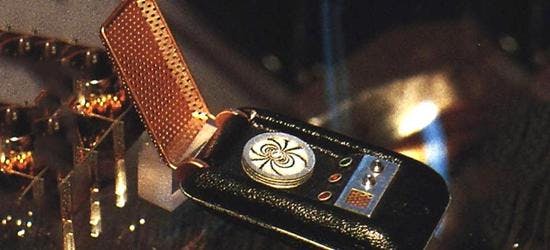
In a distant part of the galaxy, 300 years in the future, Starship Enterprise Captain James T. Kirk talks to his crew via a communicator; has his medical officer assess medical conditions through a handheld device called a tricorder; synthesizes food and physical goods using his replicator; and travels short distances via a transporter. Kirk’s successors hold meetings in virtual-reality chambers, called holodecks, and operate alien spacecraft using displays mounted on their foreheads. All this takes place in the TV series Star Trek, and is of course science fiction.This science fiction is, however, becoming science reality. Many of the technologies that we saw in Star Trek are beginning to materialize, and ours may actually be better than Starfleet’s. Best of all, we won’t have to wait 300 years.Take Captain Kirk’s communicator. It was surely an inspiration for the first generation of flip phones, those clunky mobile devices that we used in the 1990s. These have evolved into smartphones, far more advanced than the science-fiction communicator. Kirk’s device didn’t receive e-mail, play music, surf the Web, provide directions, or take photos, after all. It also didn’t sweet-talk him as Apple’s Siri does when you ask her the right questions.



